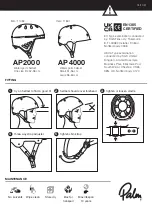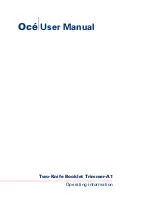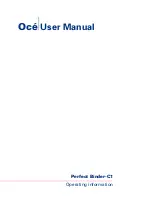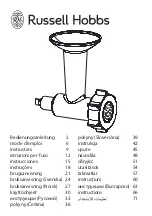
* Never wear sling carrier while driving or being a passenger in a motor vehicle.
* Never leave a baby in a sling carrier that is not being worn.
* When you place and carry your baby in the wrap make sure to check that her nose and face are not pressed against your chest and
that your baby can breathe freely.
* Pay special attention and make sure you hold your baby firmly and safely while putting her in and taking her out of your wrap.
* When carrying your baby in the wrap make sure to check periodically that the wrap is properly tightened and that your baby is
comfortable and safe.
* Be particularly cautious while walking on slippery surface.
* The user of the wrap is responsible for safety of the baby being carried in the wrap. It is necessary to use your instinct and common
sense while using your wrap carrier.
Special rules for carrying your baby on your back:
* Before you start any back carry, please check out pins, buckles, and any other adornments attached to your hair. Before you wrap
any back carry, you must remove any hard elements that stick out of your hair.
* Please remember that you do not have full control over the baby carried on your back. That is why you must be exceptionally alert.
For example, your baby may reach out for various hazardous objects (e.g. matches, knifes, scissors, chemicals, etc.). It is better to
remove such objects from your child's reach in advance.
* Pay special attention and react quickly to your baby's movement, especially leaning to the sides or to the back, or straightening
their legs or bouncing. You need to check how the material is wrapped on your baby more often than with other carries, especially
when your baby is getting more active. You can monitor position of the fabric on your baby (e.g. whether the fabric on your baby's
back is sufficiently high) by checking in it the mirror, reaching with your hand, or asking someone else to check it.
* Ideally you should carry your baby on your back, while there is another person watching your baby.
* Before you start learning how to carry your baby on your back, we recommend you master one of the front carries and that your
baby is used to being carried in a wrap.
* You may start using back carries only when your baby can sit unsupported.
General guidelines:
* Using your wrap might be difficult at first. It is best to do it when your baby is not tired or hungry. You may practice your first
carries with a teddy bear, a doll or a pillow.
* We encourage you to be patient with learning each and every carry. At first it is enough to master just one carry. All parents
acknowledge that using a wrap is much easier that it seemed before. Learning each next carry is much quicker.
* Any carry should be wrapped rather tightly. If the wrap is too loose, it does not provide adequate and secure support of your baby.
* In order to prevent the fabric from pinching the baby under the knees, it should be slightly rolled or creased.
* Make sure your baby is dressed properly, i.e. not dressed too warm. In the carry your baby is warmed by your body. Still you should
check the temperature of your baby's legs from time to time.
* A middlepoint of your wrap is marked for your convenience and to facilitate the wrapping.
* Any objects like toys or pacifier clips may disturb your baby while in a wrap.
* When carrying your baby in upright position, make sure your baby's legs are bent at the angle of 90-120 degrees. In that position
baby should have knees at the level of her bottom or higher, eg. at the level of her navel.
Beside bent knees, it is important that legs are properly spread out, or pulled out to the sides. Each leg should be pulled to the side
at the angle of 30-60 degrees at each hip joint (so looking from above we see an angle of 60-120 degrees between legs).
* Always carry your baby with baby's tummy towards your body, no matter whether you carry your baby in front of you or on your
back. Carrying the baby with her back towards your body is not recommended for a number of reasons:
- it forces baby to bend out, which disturbs proper spine development.
- baby's thighs do not have natural support, which causes improper hips position. For the sake of proper hip joints development,
babies should have their legs pulled out and bend up as often as possible.
- if the baby sits in a carrier with their back turned towards adult's body, her own weight may cause pressure in the area of urinary
and sexual organs.
* As far as carrying a baby in a wrap carrier is concerned, three stages of infant development are important:
- in the first months of their life, the baby does not hold her head independently and cannot sit unsupported. So in a wrap you
have to provide head support and firm hold of the whole spine.
- around the age of 4-5 months (sometimes earlier) your baby can hold her head independently, but still cannot sit unsupported. If
the baby holds her head independently, you may stop supporting it. But because the baby does not sit unsupported yet, the spine
should still be supported over its length. While carrying your baby in upright position you have to provide spine support up to the
baby's neck, with baby's hands tucked inside the wrap.
- Baby can hold her head and sit unsupported. Your baby is older now and you can take her hands out of the wrap. Still, make sure
the fabric reaches as high as possible up the back of your baby, and never lower than the armpits.
5
Содержание Woven Wrap
Страница 23: ...Come with us Come with us...






































